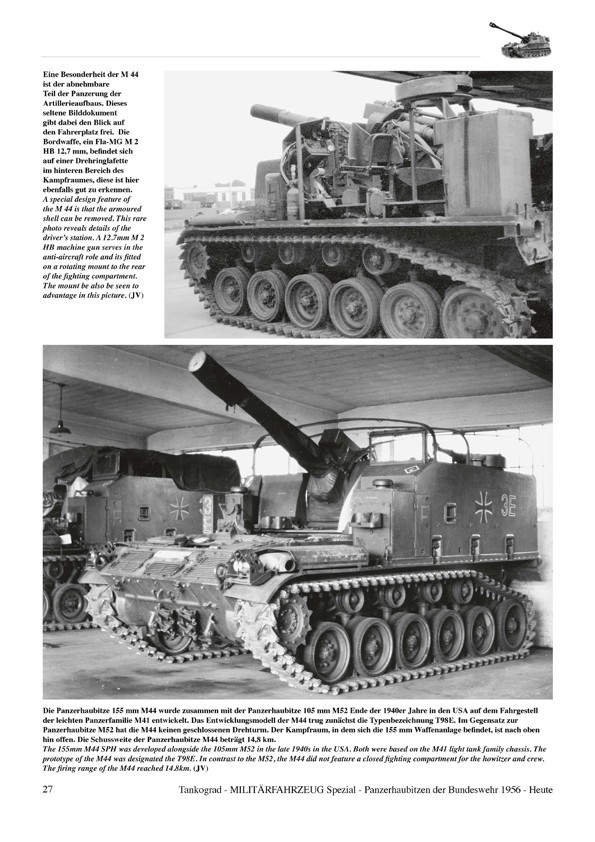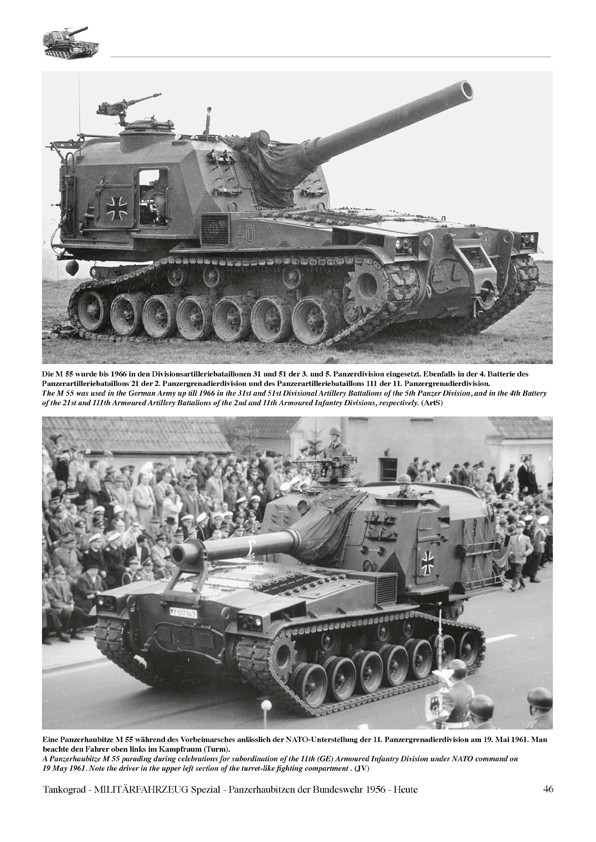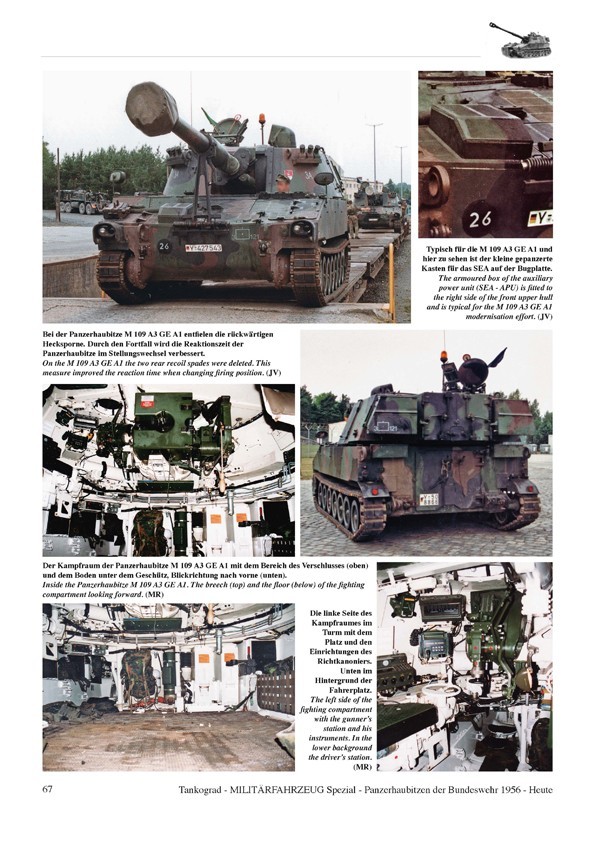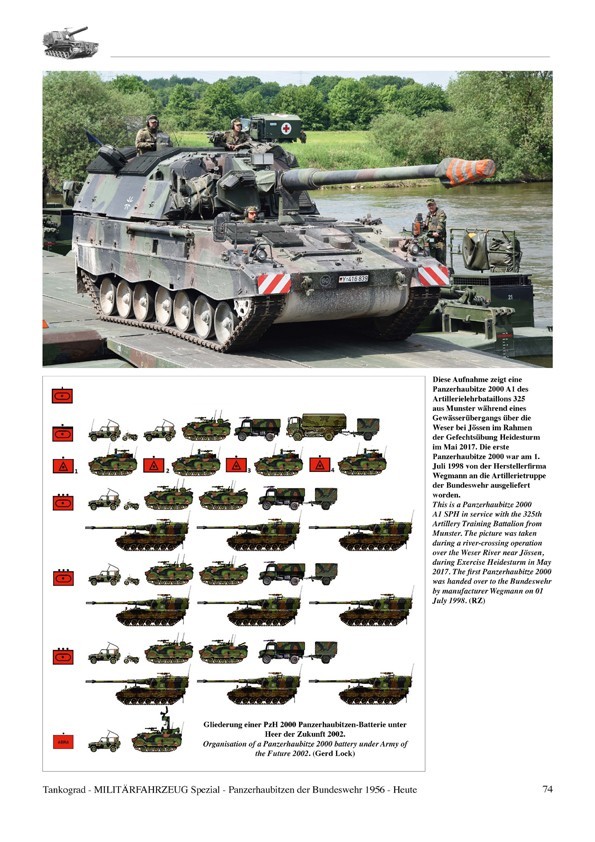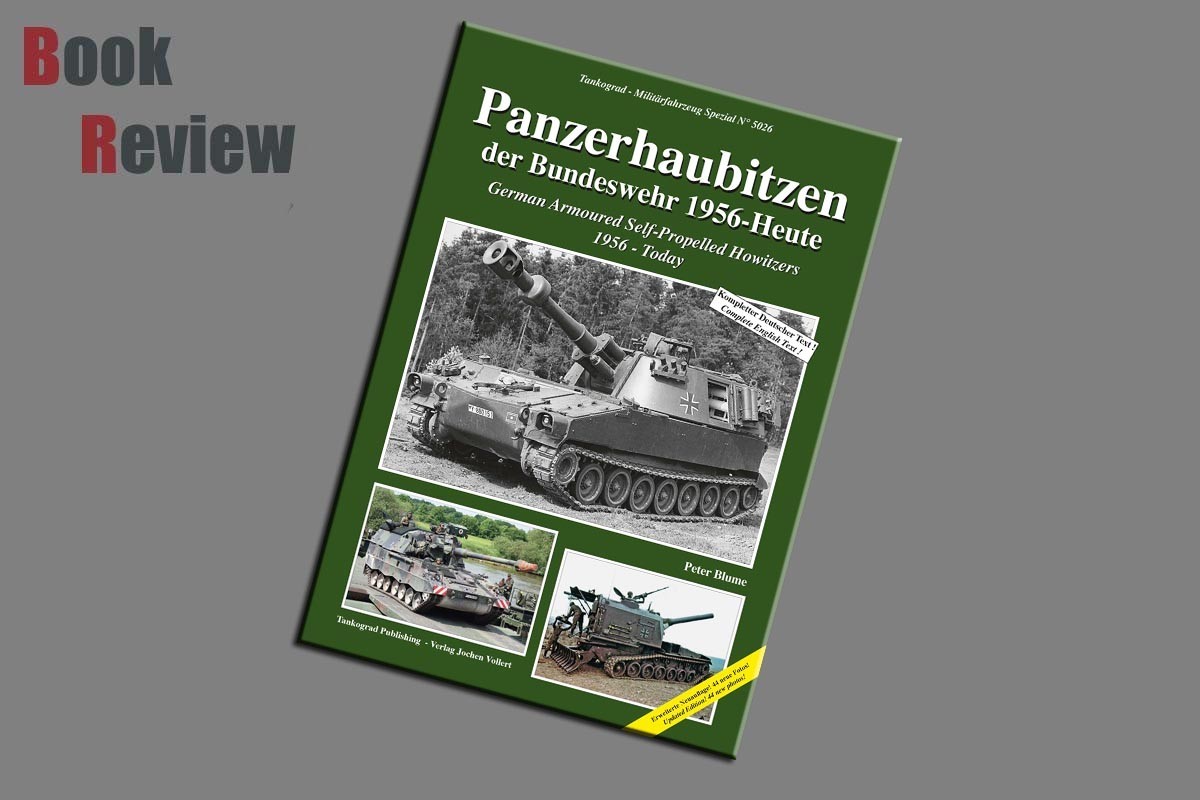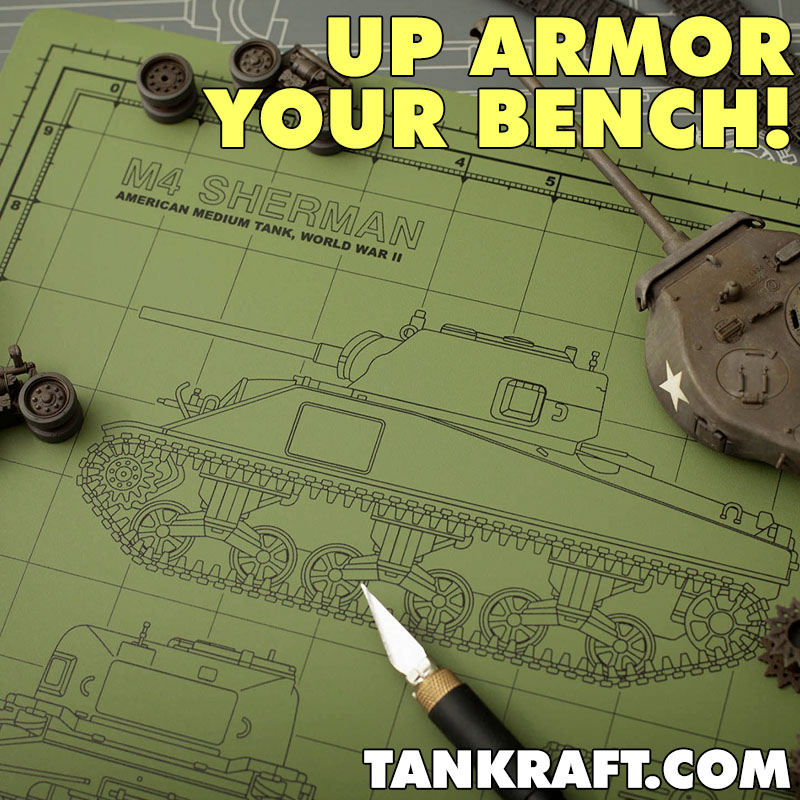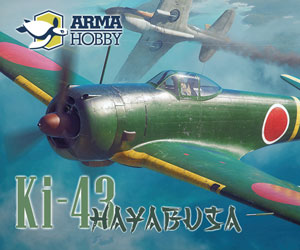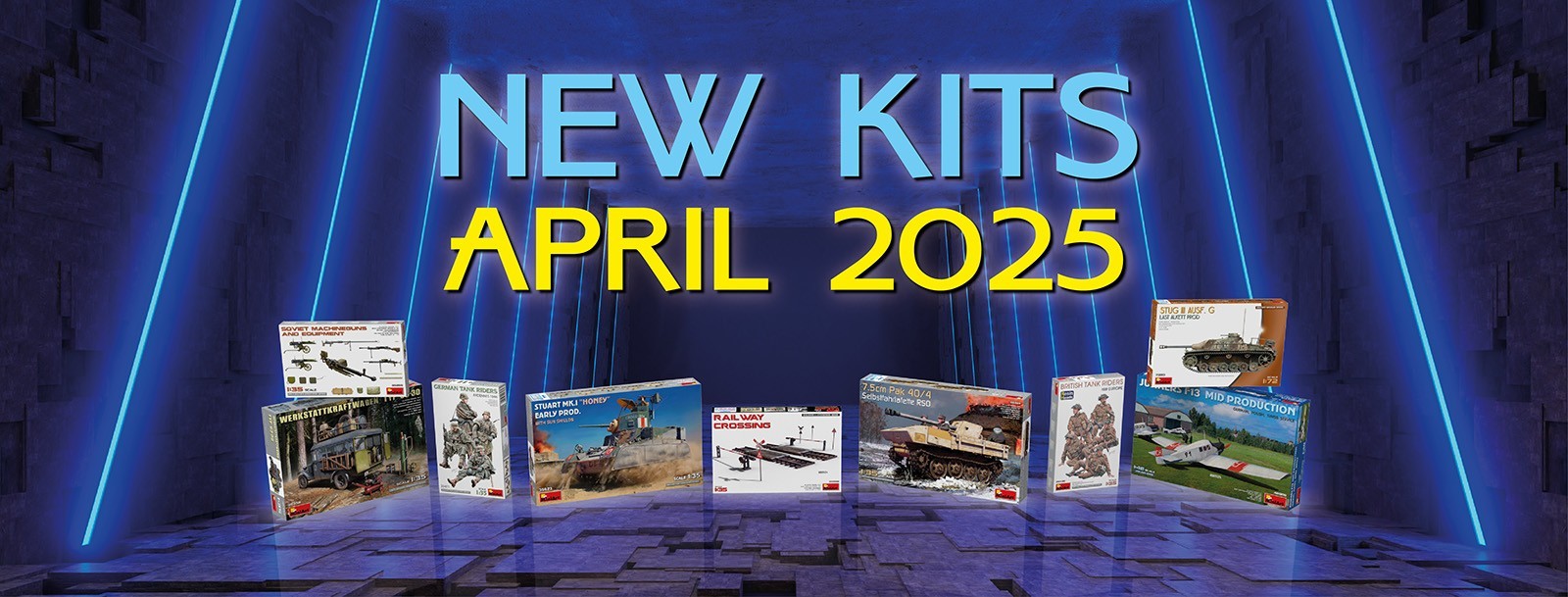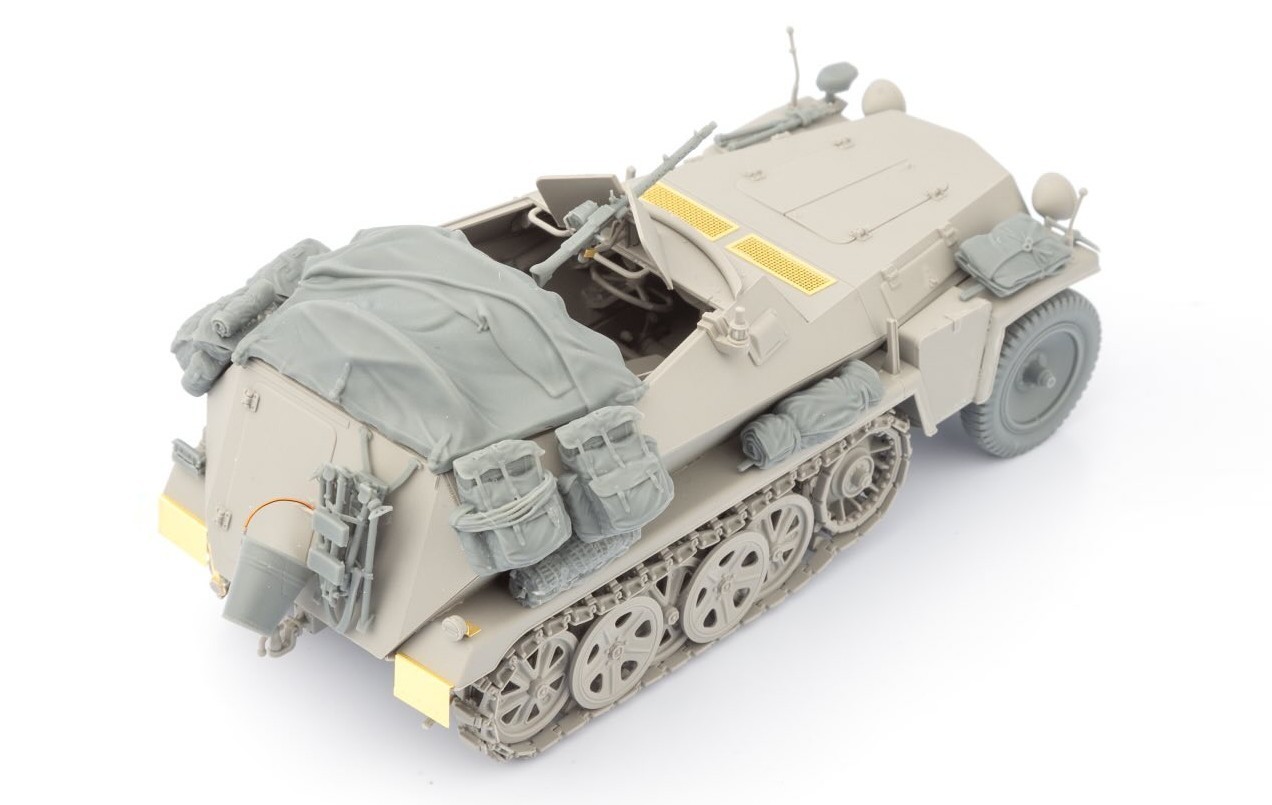
Introduction
The following introduction is provided via Tankograd:
The Panzerhaubitze (armoured self-propelled howitzer) is the backbone of the modern German Army's Corps of Artillery from its creation in 1956 up till today. In the 1950s and 1960s the German Artillery was dominated by Panzerhaubitzen of U.S. origin: The M 7, M 44, M 52, M 55 and finally, from 1964, by the M 109. From 1998 the German-made Panzerhaubitze 2000 was fielded. This publication shows the armoured self-propelled howitzers from the M 7 to the Panzerhaubitze 2000 with many hitherto unpublished photographs, excerpts from technical manuals and comprehensive written documentation.
Review
This offering from Tankograd looking at self propelled Howitzers of the German army from 1956 to the present day is a soft backed book, with a reasonably robust card cover protecting 80 pages of reasonable quality glossy paper. This offering is a duel language publication, with German on the left and English text on the right. This is a re-print of a previously released title, in a larger size, with 8 extra pages, 44 new photographs and 6 graphics. The author of this release is Peter Blume. The contents of this title provides:
Introduction
Panzerhaubitze 105mm M7 B2 (Priest)
Panzerhaubitze 105mm M52
Panzerhaubitze 155mm M44
Panzerhaubitze 203mm M55
Panzerhaubitze M109 G
Panzerhaubitze 2000
As can be seen by the list of vehicles covered, up until the late 1990s the West German armed forces and then German forces were equipped with American equipment, that was initially war surplus, with the Germans making little touches to make it their own. Each vehicle type is covered in a short section, with a reasonable quantity of written information, as as indicated in both German and English. Which is enriched with a mixture of period photographs and in some cases more recent pictures of specific vehicles. Along with the photographs, there are a number of diagrams that show specifics of the vehicle types, and covers some attributes in detail. In my opinion it is these graphics that will be of the most benefit to the modeller, looking to improve details on their builds, and the photographs in the book will provide the modeller with the human touches, such as settings, weathering, and bits and pieces that crews add to their vehicles.
The photographs provided in this title are of a very good quality, despite in some cases their age and these are accompanied by very well written captions in both German and English. For the modeller who is interested in self propelled Howitzers both generally due to German forces primarily being armed by western allies, and specifically SPHs following the end of WWII, this book is a must. Yes you could purchase individual titles covering each individual type, but that would prove to be expensive. This title coming in a €14.95, you get a chronological history of a good number SPH vehicles covered in one place. Text is acceptable for the purposes of this title, and a very nice selection of photographs covering the vehicles overall, and in many cases in detail.
Conclusion
This offering from Tankograd, offers what I feel is the best value for money I have come across when it comes to SPHs. The number of vehicles covered, is very good covering the vehicle used both during WWII even if undated to German standards of the 1950s. This take you through a chronological history to the Panzerhaubitze 2000 which is where the German army switched to an SPH specifically designed for them. The Panzerhaubitze 2000 coming into service just before the turn of the century. So in closing, you get a great selection with good photographs, graphics that show the vehicles in detail and at a very good price.
